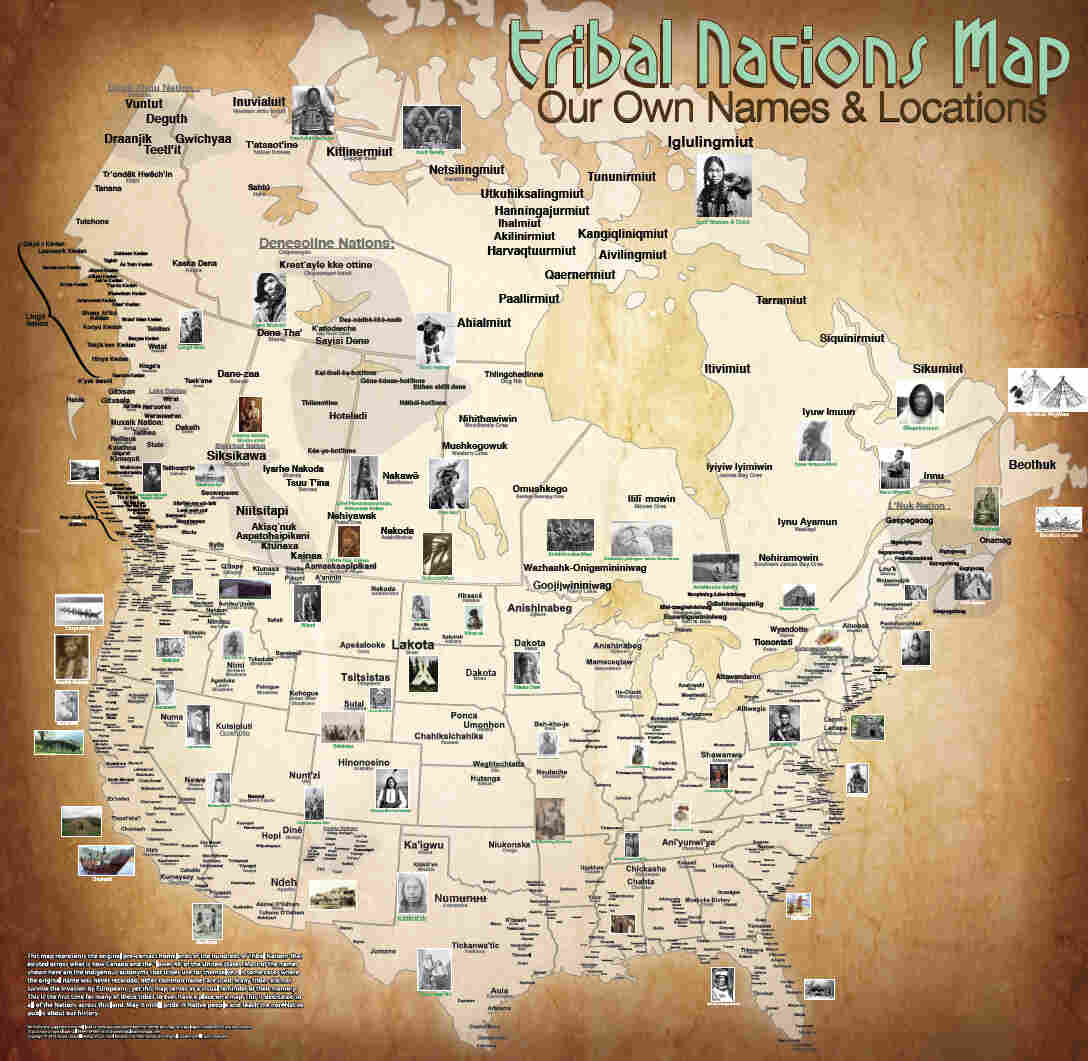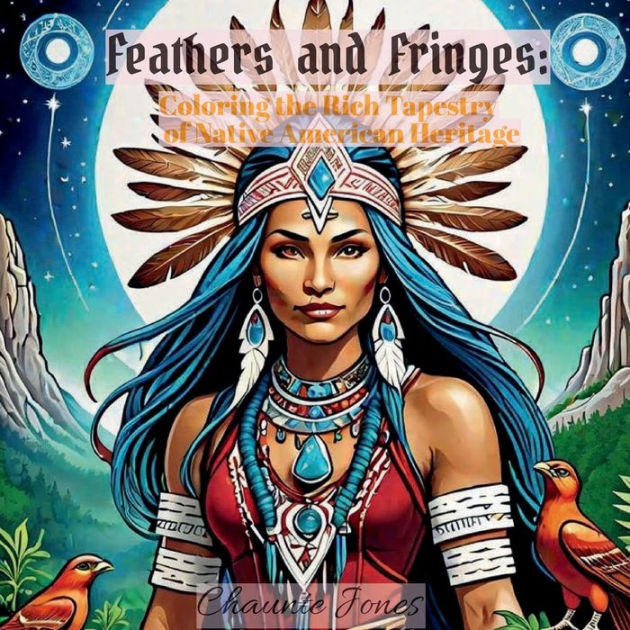Colorado’s Indigenous Legacy: Exploring the Rich Tapestry of Native American Tribes
Colorado’s Indigenous Legacy: Exploring the Rich Tapestry of Native American Tribes

Colorado, known for its majestic mountains, vibrant cities, and breathtaking landscapes, is also home to a rich and vibrant Native American heritage. For centuries, indigenous tribes have thrived in this land, leaving behind a legacy that continues to shape the state’s culture and identity. From the high peaks of the Rockies to the sprawling plains, Colorado’s diverse geography has fostered a fascinating array of tribal traditions, languages, and stories.
This article delves into the history, culture, and present-day lives of the Native American tribes who call Colorado home. We’ll explore their unique contributions to the state’s heritage, their resilience in the face of adversity, and their ongoing efforts to preserve their traditions and language.
Related Articles: Colorado’s Indigenous Legacy: Exploring the Rich Tapestry of Native American Tribes
- Boom Goes The Fourth! Where To Find The Best Fireworks Near You (Hint: It’s On A Reservation)
- Unveiling the Biggest Indian Tribes in America: Discoveries and Insights
- Oklahoma’s Tribal Tapestry: Unraveling The State’s Diverse Native Heritage
- Unveiling the Enchanting World of Arizona's Indian Reservations
- Discover the Heart of Native America: Unveiling the Biggest Indian Reservations
A Journey Through Time: The Arrival of the First People
Long before European settlers arrived, the land that is now Colorado was inhabited by various indigenous groups. Archaeological evidence suggests that human presence in the region dates back over 13,000 years. These early inhabitants, known as Paleo-Indians, were skilled hunters and gatherers, adapting to the diverse ecosystems of the Colorado landscape.
The Tribes of the Plains and the Mountains
Over time, distinct tribes emerged, each with its own language, customs, and territory. The tribes of Colorado can broadly be categorized into two groups: those who inhabited the plains and those who lived in the mountains.
The Plains Tribes:
-
The Cheyenne: Known for their nomadic lifestyle, the Cheyenne were skilled hunters and warriors. They roamed the vast plains of eastern Colorado, relying on buffalo for food, clothing, and shelter. The Cheyenne were also renowned for their intricate beadwork, elaborate headdresses, and powerful storytelling traditions.

-
The Arapaho: Closely allied with the Cheyenne, the Arapaho shared similar cultural practices and a deep connection to the land. They were known for their impressive equestrian skills, their intricate beadwork, and their strong spiritual beliefs.

The Kiowa: Though not strictly a Colorado tribe, the Kiowa had a significant presence in the state, particularly in the southern plains. They were renowned for their intricate buffalo hide paintings, their ceremonial dances, and their unique Sun Dance ritual.
The Mountain Tribes:
-
The Ute: The Ute people were the dominant force in the mountainous regions of Colorado, occupying a vast territory that stretched from the eastern slopes of the Rockies to the western border of the state. They were skilled hunters, fishers, and gatherers, adapting to the challenging terrain and harsh winters. The Ute were also known for their intricate basketry, their colorful beadwork, and their deep spiritual connection to the mountains.
-
The Apache: While primarily associated with the Southwest, the Apache also had a presence in Colorado, particularly in the San Juan Mountains. They were skilled hunters and raiders, known for their fierce independence and their ability to navigate the rugged terrain.

The Impact of European Colonization
The arrival of European settlers in the 19th century marked a dramatic shift in the lives of Colorado’s indigenous tribes. Forced onto reservations, their traditional way of life was disrupted, and their land was taken away. The US government’s policies of assimilation and forced removal inflicted immense hardship on Native American communities, leading to cultural loss, language suppression, and a decline in population.
Resilience and Renewal: The Fight for Recognition and Self-Determination
Despite the challenges they faced, Colorado’s Native American tribes have shown remarkable resilience. They have fought tirelessly to preserve their languages, traditions, and cultural heritage. In recent decades, there has been a growing movement for tribal self-determination, with tribes gaining greater control over their own affairs, including education, healthcare, and economic development.
Contemporary Native American Communities in Colorado
Today, Colorado is home to several federally recognized tribes, each with its own distinct identity and culture. These tribes are actively involved in a variety of efforts to promote their heritage, including:
-
Cultural Preservation: Through museums, cultural centers, and educational programs, tribes are working to preserve their languages, traditions, and stories for future generations.
-
Economic Development: Many tribes are developing economic opportunities on their reservations, creating jobs and promoting self-sufficiency.
-
Environmental Stewardship: Recognizing the importance of preserving their ancestral lands, tribes are actively involved in environmental conservation efforts, working to protect the natural resources that are essential to their cultural identity.
The Importance of Understanding Native American History and Culture
Learning about the history and culture of Colorado’s Native American tribes is essential to understanding the state’s rich and complex past. It is crucial to acknowledge the injustices that indigenous peoples have faced and to celebrate their resilience and contributions to society. By learning about their traditions, languages, and stories, we can foster a deeper appreciation for the diverse tapestry of cultures that make up Colorado’s heritage.
A Glimpse into the Future: The Legacy Continues
As we move forward, it is important to recognize the ongoing efforts of Colorado’s Native American tribes to maintain their cultural identities, preserve their traditions, and promote self-determination. Their stories are a testament to their resilience, their strength, and their enduring spirit. By learning from their past, we can work together to create a future where indigenous voices are heard, their rights are respected, and their cultural heritage is celebrated.
FAQ About Native American Tribes in Colorado
Q: How many Native American tribes are located in Colorado?
A: Colorado is home to several federally recognized tribes, including the Southern Ute Indian Tribe, the Ute Mountain Ute Tribe, the Arapaho Tribe, the Cheyenne Tribe, and the Navajo Nation.
Q: Where are the reservations located in Colorado?
A: The reservations of Colorado’s Native American tribes are spread across the state, with the Southern Ute Indian Tribe located in southwestern Colorado, the Ute Mountain Ute Tribe in the southwest corner, the Arapaho Tribe in the northeastern part, the Cheyenne Tribe in the eastern plains, and the Navajo Nation extending into the northwestern corner of the state.
Q: What are some of the challenges facing Native American tribes in Colorado today?
A: Native American tribes in Colorado continue to face challenges, including poverty, unemployment, and lack of access to healthcare and education. They also struggle with the legacy of colonization, including land loss, cultural suppression, and the ongoing fight for self-determination.
Q: How can I learn more about the history and culture of Native American tribes in Colorado?
A: There are many ways to learn more about the history and culture of Native American tribes in Colorado. You can visit museums, cultural centers, and historical sites, attend tribal events, and read books and articles written by indigenous authors. You can also support Native American-owned businesses and organizations that are working to preserve their heritage and promote economic development.
Q: What are some ways I can show my support for Native American tribes in Colorado?
A: You can show your support for Native American tribes in Colorado by educating yourself about their history and culture, respecting their traditions, and advocating for their rights. You can also support Native American-owned businesses and organizations, attend tribal events, and donate to organizations working to improve the lives of indigenous peoples.
Conclusion:
Colorado’s Native American tribes have a rich and vibrant history that continues to shape the state’s identity. Their stories are a testament to their resilience, their cultural diversity, and their enduring spirit. By learning about their traditions, their struggles, and their triumphs, we can gain a deeper understanding of the complex tapestry of cultures that make up Colorado’s heritage. As we move forward, it is crucial to recognize the ongoing efforts of indigenous communities to preserve their cultures, promote self-determination, and build a better future for generations to come.

Closure
Thus, we hope this article has provided valuable insights into Colorado’s Indigenous Legacy: Exploring the Rich Tapestry of Native American Tribes. We hope you find this article informative and beneficial. See you in our next article!